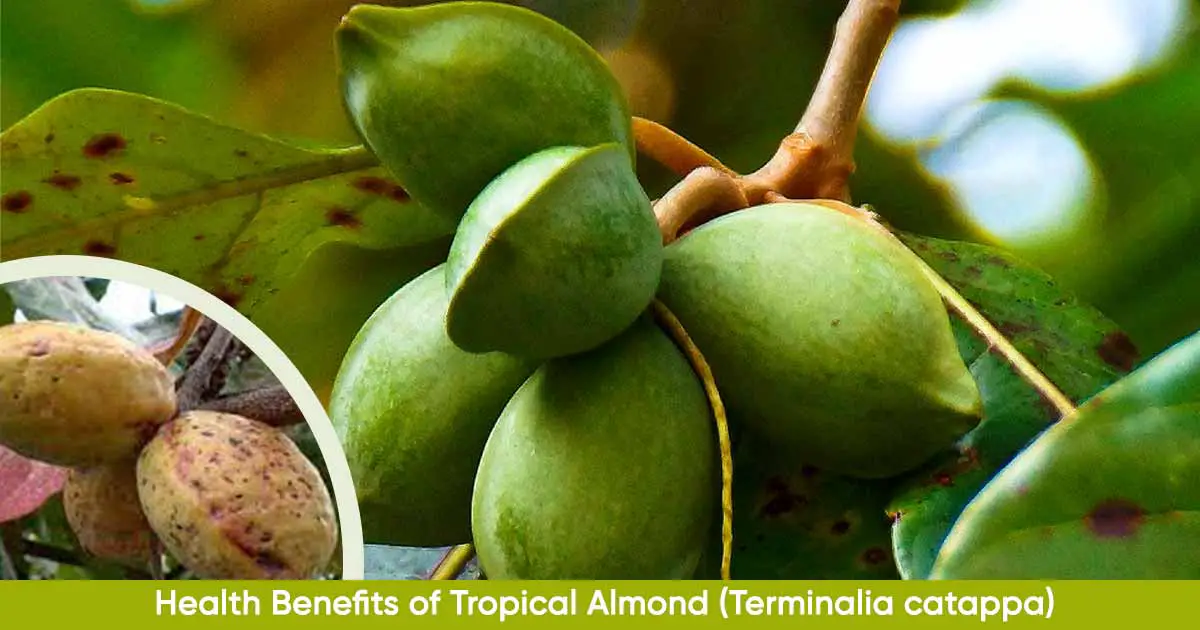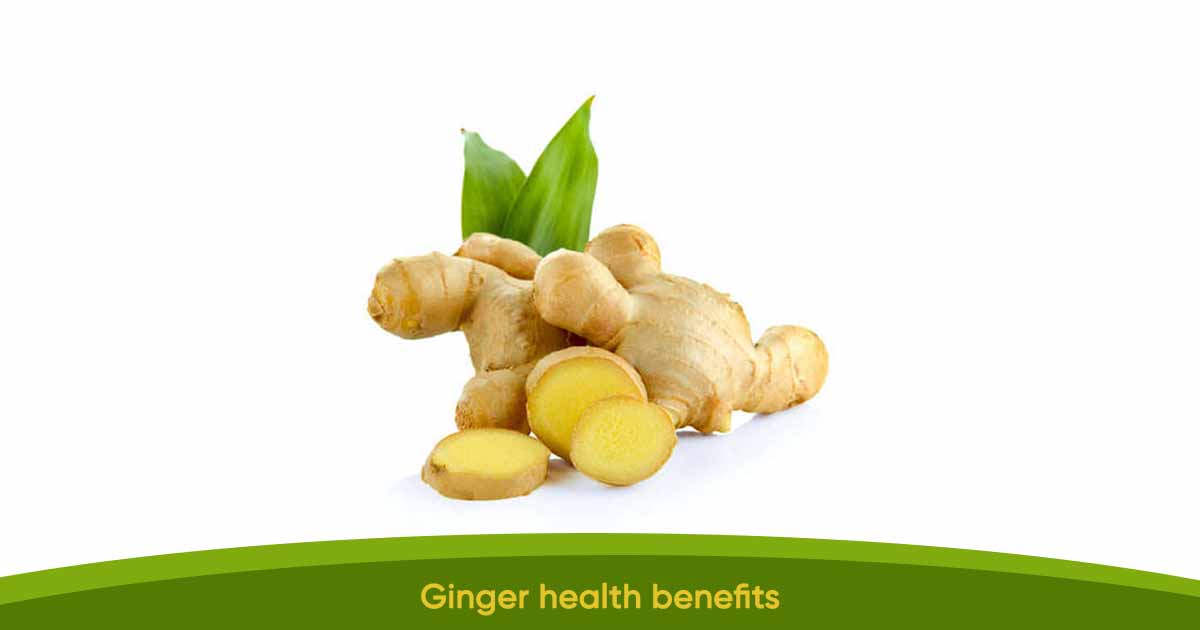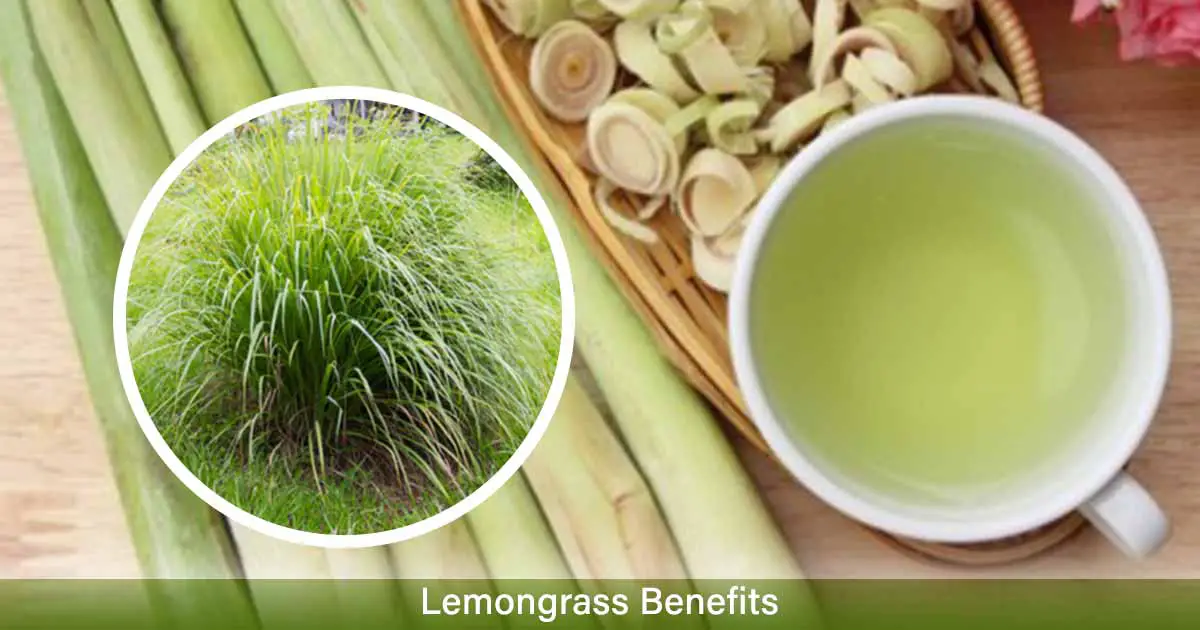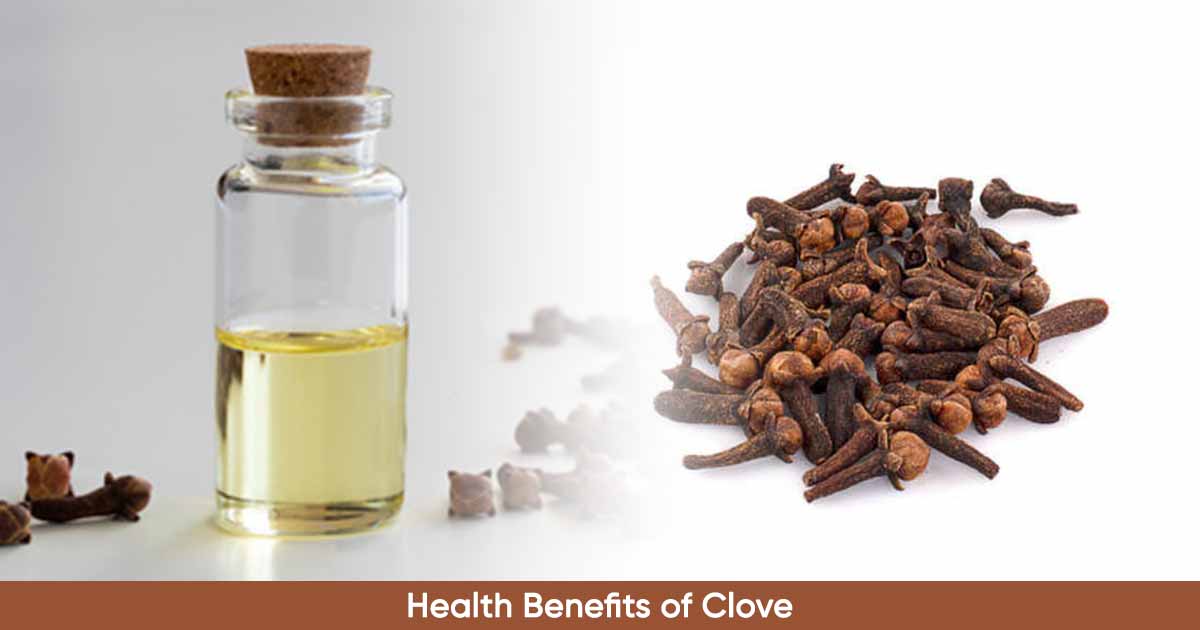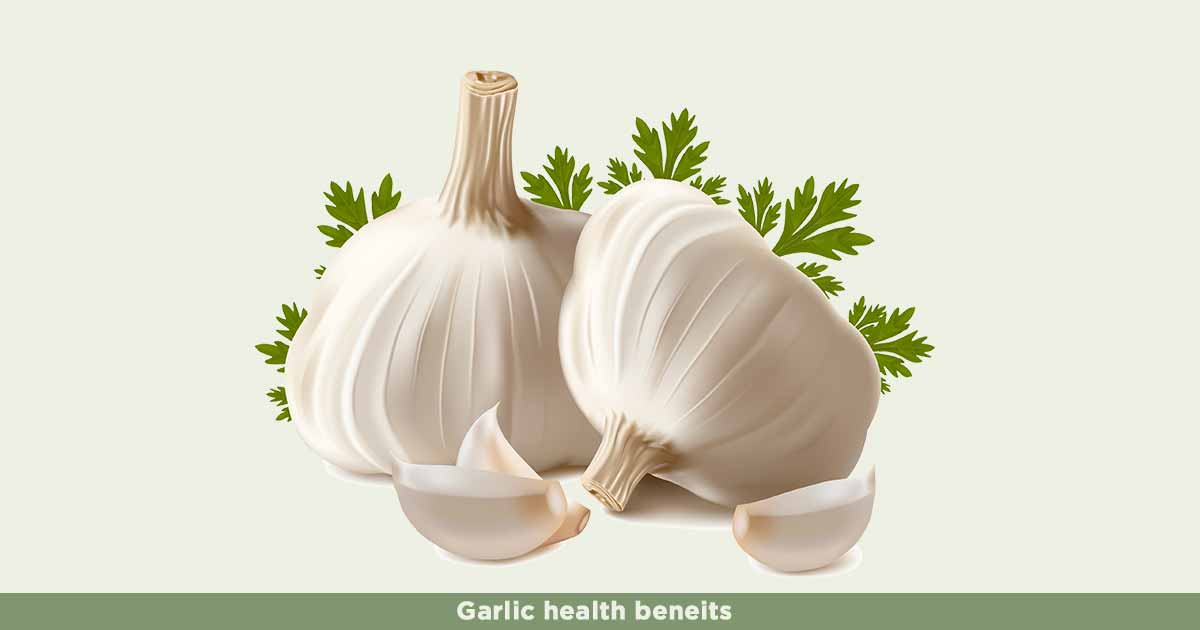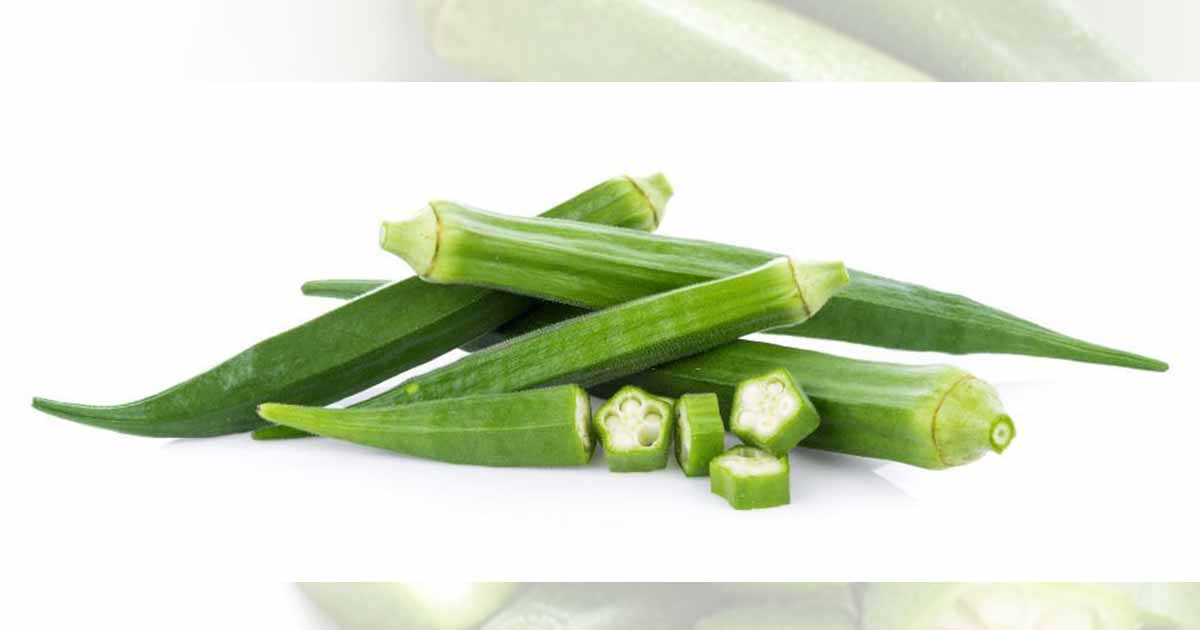Tropical almond fruit, or Indian almond (Terminalia catappa), is a plant from the family, Combretaceae. The plant is native to Southeast Asia. It is highly distributed in the coastal areas of the Indian Ocean, tropical Asia, South Pacific region and African countries such as the Philippines, Vietnam, Micronesia, India, Indonesia, North Australia, Vanuatu, Fiji, Papua New Guinea, Brazil, Nigeria, Ghana, etc.
In Nigeria, the tropical almond fruit(Terminalia catappa) is commonly called fruit or almond. Other common names are beach almond, sea almond, false kamani, Malabar almond, ‘Abrofo Nkate’ in Ghana, ofio in Yoruba.
The deciduous tree can grow up to 30 or 55 feet (16.76 m). It has a symmetrical crown and horizontal branches. The branches are arranged to give a pagoda-like shape. The leaves are large, glossy green, leathery. However, they change to red, yellow, and purple before they drop due to pigments such as lutein, violaxanthin, and zeaxanthin. After they drop, new leaves develop quickly to replace them.
Tropical almond produce edible fruit. This drupe changes from green to yellow or red when they ripe. The outer flesh of the fruit is high in tannic acid. There is a shell inside the drupe, which contains a nut that is edible. The nut or kernel can be sun-dried and can yield bland, yellow oil. The nut has more protein than chicken and more fiber than oats.
Tropical almond is grown for the fruit, as a shade tree or as an ornamental plant. In traditional medicine, the fresh leaves juice are used to treat leprosy, scabies, headache, stomachache.
Nutritional Content of Tropical Almond
Both the yellow and red varieties of the tropical almond has varying levels of nutrients such as carbohydrates, proteins, fats. The fat and fiber levels are similar. The yellow variety has more proteins and β-carotene than the red variety, while the red variety has more carbohydrates, calcium, magnesium, and phosphorus.
There are vitamins like β-carotene, vitamin C, E, thiamine, folate, riboflavin, niacin, and minerals such as calcium, copper, magnesium, potassium, iron, zinc, selenium, and phosphorus.
Phytochemical in Tropical Almond
Tropical almond has bioactive elements in the seed, bark, leaves, and fruit. The plant contains flavonoids, alkaloids, steroids, saponins, tannins, resins, and sugars.
The leaves contain phytochemicals such as saponins, flavonoids, and tannins. They include 1-degalloyl-eugeniin, chebulagic acid, corilagin, gentisic acid, geraniin, granatin B, punicalagin, punicalin, β-carotene, quercetin, kaempferol, tercatain, tergallagin, terflavin A and B.
There is a high level of tannic acid in the leaves and bark. Tannic acid is used as aroma in soft drinks, juices, and clarification in the beer industry. It can also be used to dye fabrics and in tanning leathers.
Health Benefits of the Tropical Almond
Anti-diabetic effect: Diabetes causes problems with the metabolism of carbohydrate, proteins, and lips. The aqueous and ethanol extract of T. catappa leaves decreases blood sugar and lipids in alloxan-induced animal models. The fruit and leaf extract reduces cholesterol levels and increases the inhibitory effect of α-amylase enzyme.
Antimicrobial action: The aqueous, ethanol and chloroform extract of tropical almond fruit has varying antimicrobial effect against bacteria Escherichia coli, Pseudomonas aeruginosa, Staphylococcus aureus. Others are Bacillus subtilis, Proteus mirabilis, Staphylococcus epidermidis, Enterobacter aerogenes, Streptococcus faecalis, Salmonella typhimurium, Klebsiella pneumoniae, Bacillus cereus, Micrococcus flavus, etc.
It also exhibits antifungal action against Aspergillus niger, Penicillium chrysogenum, and Trichophyton tonsurans.
Antioxidant property: Aqueous leaf extract of Terminalia catappa inhibits lipid peroxidation (LPO) and hydrogen peroxide formation. LPO form superoxide that cause oxidation of cells causing diseases such as cancer, diabetes, and cardiovascular diseases.
Punicalin and punicalagin are the main phenolic compounds in the leaves that impact the antioxidant and radical scavenging effect. Other compounds such as chebulagic acid and corilagin are also powerful antioxidants.
Diarrhea: The herbal tea is used to manage digestive issues, diarrhea, and dysentery due to the astringent property.
Reduces cholesterol levels: Tropical almond fruit increases the high-density lipoproteins (HDL) cholesterol level and reduces the low-density lipoproteins (LDL).
Hair growth and nourishment: Tropical almond oil is used to promote hair growth, moisturize the hair, and improve healthy hair and smooth skin.
Malaria: The ethanolic leaf extracts of tropical almond has antiplasmodial activity against P. falciparum, Two compounds isolated – flavasperone (1) and aurasperone A may be responsible for the activity.
Anticancer action: Ethanolic leaf extract of Terminalia catappa may prevent cancer forms as a result of the phenolic compounds and flavonoids present.
Wound healing: In an experiment, Khan et al. compared the bark extract of the plant against betaine ointment and control. The extract induced epithelization and reduced wound area, promoting the healing of the wound.
Liver protective effect: Aspartate transaminase (AST) and alanine transaminase (ALT) are present in low levels in the body. High levels of the enzymes suggest liver damage. T. catappa leaves extract helps to reverse the levels of these enzymes. Bioactive elements from the fruit, chebulagic acid and corilagin has radical scavenging activity for superoxides, inhibit radical formation and lipid peroxidation (LPO) in mitochondria.
Antiflammatory and analgesic action: The leaf extracts of tropical almond may have analgesic and antinflammatory action as a result of the phenolic compounds and triterpenoids. In a lab experiment, the ethanolic leaf extracts of T. catappa showed anti-inflammatory action on animal models induced with ear edema.
Prevents aging: The extract of the fruit has radical scavenging action and promotes the protein expression of type I procollagen, helping to prevent aging. The leaves are also used in folk medicine for skin protection.
Side Effects of Tropical Almond Fruit
Azrul et al. tested different doses of the extract of Terminalia catappa on a lab rat for a 14-day period. No abnormality or physiological changes were detected.
References
- https://hort.ifas.ufl.edu/trees/tercata.pdf
- https://www.ajol.info/index.php/njns/article/view/166567
- https://rcpol.org.br/wp-content/uploads/2018/02/129.pdf
- https://www.researchgate.net/publication/281459614_An_updated_review_of_Terminalia_catappa

